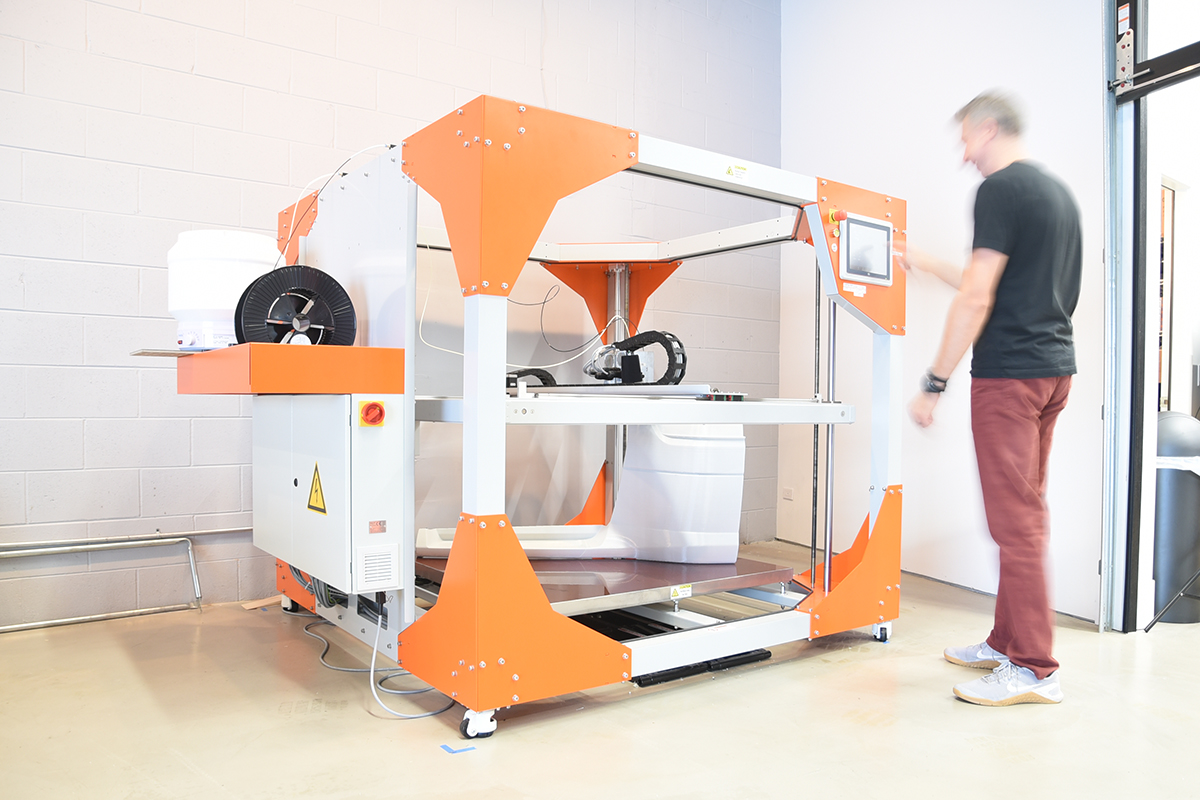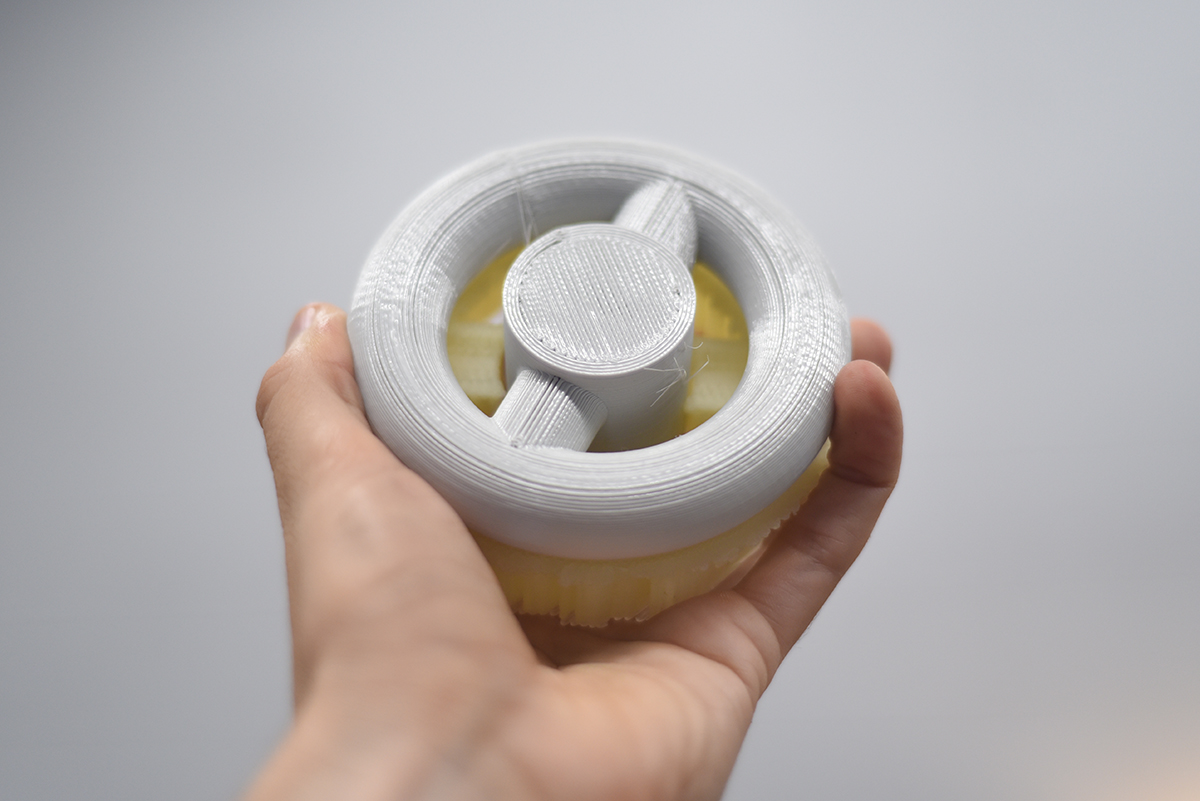

3D Printing


It started in the 80’s under the name ‘rapid prototyping’ because this was the purpose of the technology: to prototype faster and cheaper. A lot’s changed since then, and today 3D printing services can create faster and more complex models than ever before.


3D printing technology is used for custom models, fast prototyping, complex geometry that would be limited by traditional manufacturing constraints.


Not Your Average 3D Printing Design Firm
The relatively low cost of 3D printing and its material enables us to print and test multiple models in a moderately short amount of time. The ability to quickly move from 3D model from Autocad to 3D printer allows us to ensure accurate fitment and evaluate designs.
Our largest printer features a build volume of X 1005 mm x Y 1005 mm x Z 1005 mm. That’s the capacity of over one cubic meter. In addition, we have extensive experience with 3D Printing in multiple materials, having produced unique parts for clients, master pieces for molds, small batch series for product launches, personalized trophies, jewelry and even ceramic products.
Prototyping Services and Custom 3D Printing
Traditionally, designers and engineers have relied heavily on the manufacturing process to dictate the end design. Involved conventional manufacturing processes like CNC machining have inherent limitations on assembly rules, manufacturability and overall feasibility. Stepping outside of design practices for these conventional manufacturing processes directly results in increased cost and labor. In the past, prototyping services at various stages of the design was cost prohibitive. However, sticking to the design rules of the past inevitably results in stunted innovation growth.
Now, additive manufacturing, or 3D printing, has opened doors previously unimaginable to designers and engineers because it doesn’t rely on the same design and manufacturing constraints as conventional manufacturing. Ask us about our custom 3D printing. Contact Tangent.


